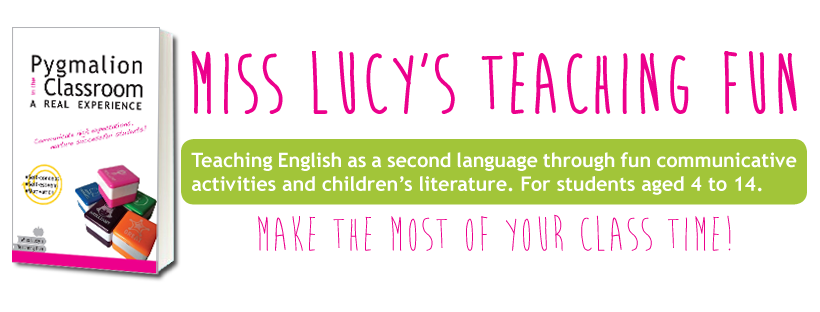Hello everybody! Long time no see. This is going to be
a quick post about a nice activity I came up with the day I bought a fly swatter.
As you can see from the picture it's a special one ;)
First thing first, when we came back from the Christmas holiday I used it to
help children recall single sounds with the help of phonics cards. What I
noticed is that it is better to select a few cards each time, because for some
of our young learners it might feel overwhelming to have to choose among too
many options.The other activity I've come up with, after studying some of the most common consonant digraphs, ch, sh, and th, is about writing words which contain these sounds, as you can see. In the first phase I chose words containing short vowel sounds, and in the second one I used vowel digraphs. This way we reviewed and worked a bit more our phonetic awareness.
This second activity is inspired by the Montessori method for teaching reading and writing, but I had to adapt the way of proposing it since I’m working with second language acquisition:
First, on a big surface, in my case made up of 3 double desks, I displayed 3 rows of cards: row number 1 contained simple consonant sounds, row number 2 contained the short vowel sounds and the third row contained consonant digraphs.
Then, while everyone was busy colouring a sound worksheet, I called 2 children and told them to sit next to me at the big table.
Once sitting, I told them a whole short word containing 3 of the sounds displayed on the table, one from each row. Then, I retold the same word, cutting it into its different sounds and passed the swatter to the kid sat next to me. One sound each, they had to 'write' the word selecting the correct cards with the spanker. Once the 3 chosen cards were selected and placed in the right order in front of them, we read the word out loud again.
 Designed this way, this activity will allow every child to concentrate and
listen better to what you're saying, making it easier for them to be right,
which has a good influence on their self-esteem and self-image. Furthermore,
you will be able to spot and correct any difficulty in hearing the different
sounds properly. For instance, they might confuse the sound sh with the sound
s, the sound th with d, or even the sound ch with t.
Designed this way, this activity will allow every child to concentrate and
listen better to what you're saying, making it easier for them to be right,
which has a good influence on their self-esteem and self-image. Furthermore,
you will be able to spot and correct any difficulty in hearing the different
sounds properly. For instance, they might confuse the sound sh with the sound
s, the sound th with d, or even the sound ch with t.
In a second moment I substituted the short vowel sounds with vowel digraphs such as ai, ee, ou, oo.


















